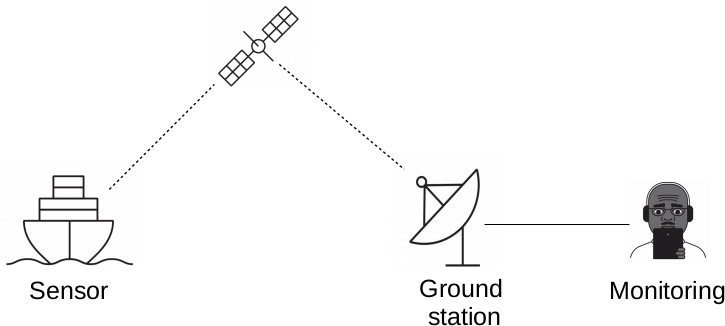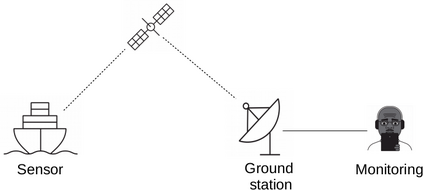Age of Information (AoI) has become an important concept in communications, as it allows system designers to measure the freshness of the information available to remote monitoring or control processes. However, its definition tacitly assumes that new information is used at any time, which is not always the case: the instants at which information is collected and used are dependent on a certain query process. We propose a model that accounts for the discrete time nature of many monitoring processes, considering a pull-based communication model in which the freshness of information is only important when the receiver generates a query: if the monitoring process is not using the value, the age of the last update is irrelevant. We then define the Age of Information at Query (QAoI), a more general metric that fits the pull-based scenario, and show how its optimization can lead to very different choices from traditional push-based AoI optimization when using a Packet Erasure Channel (PEC) and with limited link availability. Our results show that QAoI-aware optimization can significantly reduce the average and worst-case perceived age for both periodic and stochastic queries.
翻译:信息时代(AoI)已成为通信中的一个重要概念,因为信息时代(AoI)使系统设计者能够测量可用于远程监测或控制进程的信息的新鲜程度。然而,信息时代的定义暗地地假定,新信息在任何时候都使用,但情况并非总是如此:信息收集和使用的瞬间取决于某一查询程序。我们提出了一个模型,用于说明许多监测进程的离散时间性质,同时考虑到一个基于拉动的通信模式,即信息新鲜度只有在接收者生成查询时才很重要:如果监测进程没有使用该价值,上一次更新的时代就无关紧要。我们随后界定了查询时的信息时代(QAoI),这是符合基于拉动的情景的更一般的衡量标准,并表明其优化如何导致与传统的按推法优化的AoI优化在使用包装断层(PEC)和有限的连通性时产生非常不同的选择。我们的结果表明,QAoI-aware优化可以显著降低定期查询和随机查询的平均和最坏年龄。





